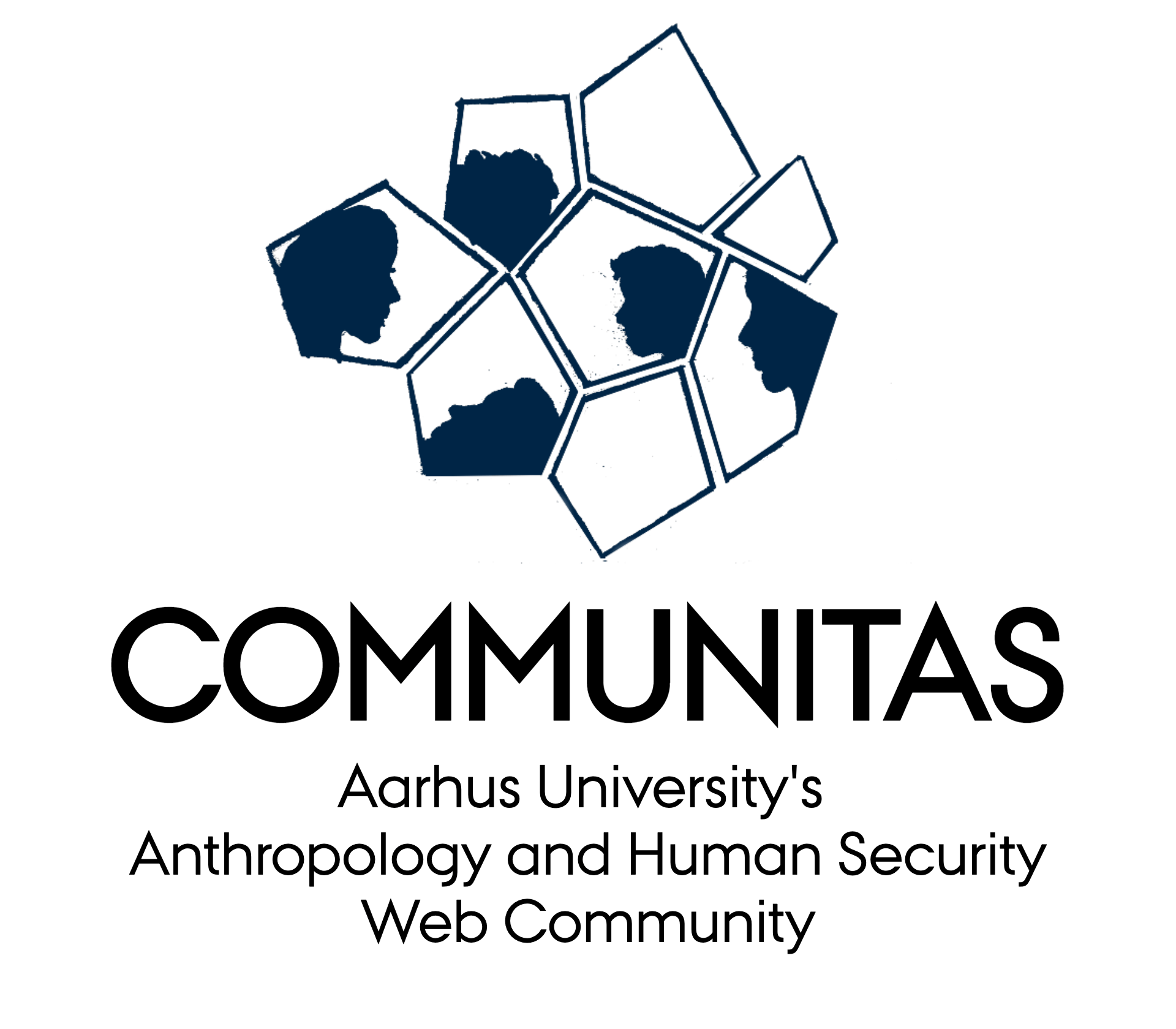By Louise Ormstrup Vestergård
In 2017 I graduated from Aarhus University and have since then held the proud title of anthropologist. My name is Louise Ormstrup Vestergård and here I will give you a little sneak-peak into my job as a researcher in the Nordic co-operation.
In October 2018, I packed all my belongings and moved from my student city of Aarhus to the Swedish capital of Stockholm. This as I had got the position as junior research fellow at Nordregio, a research institute under the Nordic council of Ministers where I work with different aspects of regional development. The Nordic Council of Ministers is the official co-operation body between the five Nordic countries, Denmark, Norway, Finland, Iceland and Sweden, and the three autonomous regions, Åland, Greenland and the Faroe Islands.
So how did I end up working within the Nordic co-operation? Well, the idea came to me two years earlier, when I conducted field work on the Faroe Islands for my master’s thesis. One day when I participated in fjállgongur, where you go to the mountains to collect the sheep for slaughtering, I met a Faroese woman who told me, that she had worked for NORA for several years. NORA, she told me, was a branch of the Nordic Council of Ministers located in the Faroese capital of Tórshavn. I made a mental note.
Some examples of my job tasks: doing research within rural development.
This spring, I travelled to Greenland to conduct interviews for a study about digitalisation within the Nordic health and care systems. Here I met doctors, nurses, leaders and strategic managers to ask about the challenges, benefits and effects of using digital solutions in health care and care in rural and sparsely populated areas. The study is a part of a 3-year project under the Swedish chairmanship of the Nordic Council of Ministers which is led by the Swedish-based research facility ‘Centre for Rural Medicine’. Nordregio will provide a report on regional development effects based on interviews and field studies in a rural region in each of the Nordic countries as well as an accessibility study, which my cartographer/GIS colleagues develop.
I recently finished a study about the usage of second homes and seasonal mobility of the Nordic population. The Nordic Council of Ministers requested a study that would provide knowledge about the flow of people between the urban centers of the Nordic region and the rural areas where most of the Nordic summerhouses are located. One of the maps that was developed in our study show the community impact of the second home population, that is the number of permanent residents compared to second home owners. The darker shade of brown the municipalities have on the map, the higher impact second home population have on the municipality. In addition to maps we conducted interviews with municipal planners in a rural municipality in each Nordic country to explore what challenges, from a planning perspective, second home population have for the municipalities as well as the strategies they have implemented in the municipality to handle the large seasonal in-flow of people. Based on the study, we wrote a policy brief with recommendations for decision-makers and planners in the Nordic region.

I also work in an EU project called SHERPA. Here I function as the monitor of the Danish multi-actor platform (MAP) where representatives from policy, science and society will discuss rural development in a Danish context doing the next 3 years. The project is structured around two cycles, where 20 MAPs across the European Union are established in the first cycle and an additional 20 in the second. The input from the discussions are used to develop future politics and research on rural development at EU level. In January I participated in a workshop in Bruxelles where I met the monitors and facilitators from the other 19 European regional MAPs to discuss how to best facilitate multi-actor discussions.
A truly exiting aspect of my job is the close collaboration with hands-on practitioners and decision-makers in the Nordic region as well as working in an interdisciplinary environment with researchers from around 20 different countries around the world. Especially having a team of cartographers who develop maps is an amazing way as an anthropologist to learn how statistical data can point to interesting developments and support the qualitative arguments and conclusions from interviews and field studies.
How was your journey from university to employment?
The journey from university to employment was not a smooth ride, and it took a little less than one-and-a-half year, before I got the position in Stockholm. The position at Nordregio was actually the first job application I wrote, but it would be more than one year before I send the application again. In the meantime, I got an internship at the Department of Public Health at Aarhus University, and later another internship at a rehabilitation center in Aarhus, which later turned into a short-time project position. Though I found the periods of internship hard and demanding, as I also had to write job applications on the side, I also know that the experience I could write on my CV was part of why I got the position at Nordregio in the end.
How do you make use of anthropology in your daily work?
Compiling knowledge, conducting interviews, writing reports, transcribing interviews are all tasks where I use the things, I learned in the five years where I studied anthropology. The most important way I use anthropology is the analytical work I do every day.
Link for homepage:
Policy brief based on urban-rural flows of seasonal tourists – local planning challenges and strategies: https://nordregio.org/publications/compact-cities-trigger-high-use-of-second-homes-in-the-nordic-region/.

